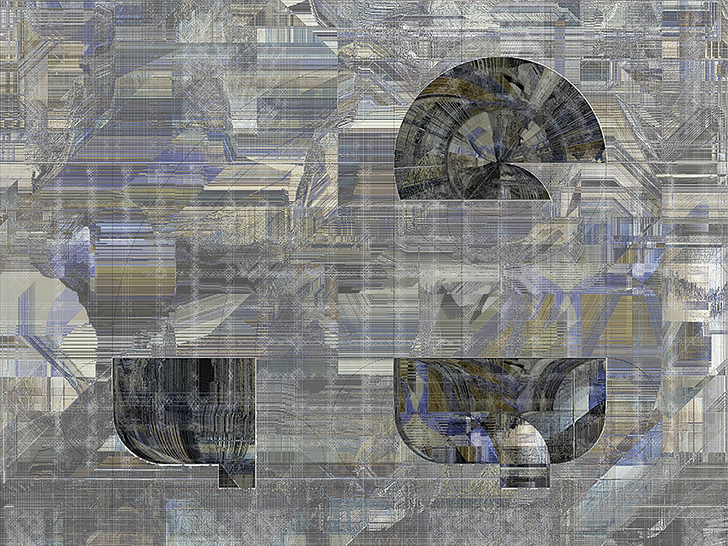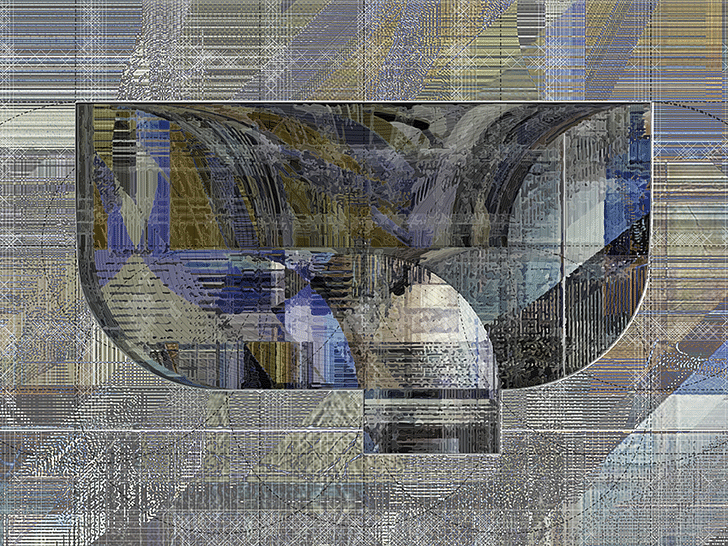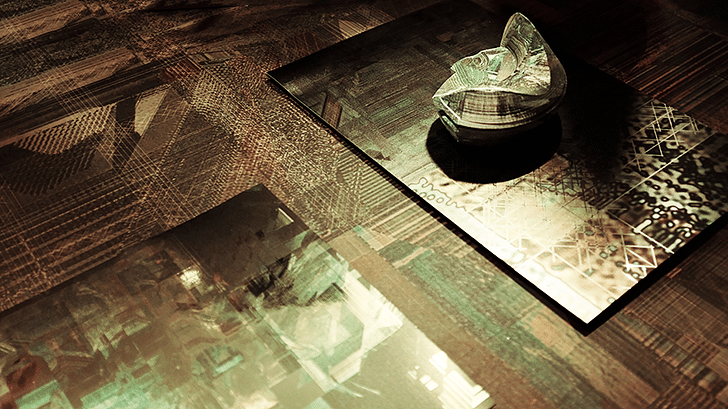

Fellow Fellows is a series that focuses on the current eruption of fellowships in academia today. Within this realm, these positions produce a fantastic blend of practice, research, and design influence, traditionally done within a tight time-frame. Fellow Fellows sits down with these fellows and attempts to understand what these positions offer to both the participants and the discipline at large. It is about bringing attention and inquiry to the otherwise maddening pace of revolving academics while giving a broad view of the breakthrough work being done by those who exist in-between the newly minted graduate and the licensed associate.
This week we talk to Maya Alam who was the 2016-2017 Harry der Boghosian Fellow at Syracuse University School of Architecture.
The conversation, focus and applications to fellowships in general has exploded over the past decade. They have become the go to means of exposure, legitimization within the academia and in some respect the HOV lane of historically PhD owned territories of research and publication. What are your views of the current standing of fellowships as a vehicle of conceptual exploration?
At first glance, fellowships may appear to be everywhere, but for me, coming from Europe, they are still an anomaly and therefore I see them as a rare opportunity for young architects. While I do not believe that a fellowship could ever come close or replace the territory of a PhD, it is a starting point for clarity. As intense and hectic as a single fellowship year may seem while you are in it, it is a moment of pause in order to reflect upon your trajectory in research and pedagogy.
What fellowship where you in and what brought you to that fellowship?
I was the inaugural Harry der Boghosian Fellow in 2016/17. I was already part of the faculty at Syracuse University, School of Architecture when I applied, and this gave me the opportunity to develop a unique format and agenda for this newly established venue of research. This was a particularly prolific experiment thanks to the continuous support of Dean Michael A. Speaks, the amazing work of our incredible student body and an extremely supportive group of colleagues.

What was the focus of the fellowship research?
My fellowship research focused on developing design sensibilities that, contrasting absolute ideologies, leverages ideas of what I call ish~ness & counter-absolutes: a way to operate and critically engage our ever-changing (built) environment without defaulting to often too comfortable monolithic views of the world. This is a pressing issue today when rigid, violent, exclusionary world-views seem to be resurfacing once again as a way to domesticate the complexities of the world.
This attitude has been part of my work since my graduate thesis at Sci-Arc, and today, having had the opportunity to step back and re-examine the trajectory of my research, I am able to find its traces even in my undergraduate thesis at the Peter Behrens School of Architecture in Dusseldorf.
Ultimately, rather than thinking about architecture as a practice predicated towards mending holes and gaps in our physical or socio-political environment, I am much more interested in a disobedient Gestalt that deals with absence, imprecision and indeterminacy - the architectural in-between.
What did you produce? Teach? And or exhibit during that time?
Throughout the year I constructed a research platform for design speculations focused on implementing contemporary digital techniques in the context of a Research Seminar, a Symposium, a Vertical Option Studio and a final installation. A particular attention to (new) media and its effects on our perception acted as a continuous thread across the various venues of research, discussion and production.
The first elective, ‘Gray Area’ investigated how our ever present ocular world creates little exclusive environments that are similar but also slightly different for each of us. So assuming there is no such thing as one single narrative we started to look at a variety of Gray things and theoretical writings, ranging from literal gray art and architecture to gray terms like estrangement, neutral and counter-absolutes. The result was a series of digital montages that produced an ever-changing, unstable content. Our eyes interpolate between 2D and 3D, challenging the physicality of screen as space, resonating an ambient framework.
While I do not believe that a fellowship could ever come close or replace the territory of a PhD, it is a starting point for clarity.
In parallel, the research and design studio reflected on the contemporary value of fictional speculation and image-making as a practice to react to populist right-wing strategies with populism. Leveraging Social Media image production and dissemination, the students were challenged to develop an awareness towards ambiguous, abnormal, odd strategies of intervention as a productive way to interact within a complex political site.
Following the premise of ‘kicking National Socialism with flowers’, we worked on new strategies for adaptive reuse and social dreaming, converting the German nazi site, Prora, into an ‘instagrammable’ multi-faceted park space.

The Symposium, “Ishness & Counter-Absolutes”, allowed me to invite various architects and academics and to ask them to speculate on their different viewpoints using the overarching topic as a lens to examine their work. Here, I would like to thank all the participants: Kristy Balliet, Erin Besler, Sarah Blankenbaker, Mira Henry, Molly Hunker, Nicole McIntosh, Carrie Norman and Rosalyne Shieh for their sensible insights and amazing presentations.
The final Installation ‘Marble ~ish’, visualized the terms mentioned above, utilizing 3D scanned data of the exhibition space itself to defamiliarize the site with itself. Through various, digital operations the piece becomes an active landscape, questioning the scanner’s ability to not only document, but produce more than one concept of the real.
How has the fellowship advanced or become a platform for your academic and professional career?
This year-long investigation was an incredible venue that allowed me to situate my research across my academic and professional practice. Since then, I have been actively establishing my practice Alam / Profeta. A collaborative partnership between myself and Daniele Profeta. In our projects, we combine everyday digital habits, contemporary imaging technologies and traditional craftsmanship to surpass an introverted conversation and open up novel forms of practice.
What negative sides to a fellowship do you see? (if any)
I do not see any negative aspects of a fellowship, if you find yourself in an environment that is supportive and you begin with reasonable expectations. This means that one has to be aware that this is usually one single year, so what you can do and address is focused but also compressed and can not be a reflection on the entirety of your work, your research and your interests.
What is the pedagogical role of the fellowship and how does it find its way into the focus and vision of the institution that you worked with?
While the Harry Der Boghosian fellowship is an incredible free and supportive environment for the fellow, which gives each individual the opportunity to explore their own research interests, it is also important that each year produces a trace in the pedagogical agenda of the school. This can be in form of a piece of new technology or specific technique to traditional craftsmanship that finds its way back in other forms of the curriculum and how the student body translates it for themselves.
Where do you see the role of the fellowship becoming in the future and how does it fit within the current discipline of architecture?
The challenge in studying and teaching architecture lies in seeing it as a concept, but not as a pure state of knowledge. This will require teaching attitudes towards pattern breaking, rather than making. The format of the fellowship allows institutions to remain inquisitive towards this notion.

There is some criticism that a fellowship is a cost effective way for institutions to appropriate potent ideas while leaving the fellow with little compensation besides the year of residence and no guarantee of a permanent position? What is your position on this?
Obviously, the criticism is justified. That is why it is important to find a fellowship that is the right fit and to approach it with the right expectations. However, I do believe that there are more differences than similarities between a fellowship allowing for the development of a body of research and design and some of the more exploitive practices and management of adjunct faculty.
Choose your fellowship wisely; make sure you find yourself in a supportive and inspiring environment.
What support, and or resources does a fellowship supply that would be hard to come by in any other position? Why would you pursue a fellowship instead of a full time position?
I mentioned this in my earlier answer already but I do strongly believe in the value of ‘intense’ pause that a fellowship provides. While working as part of the faculty it allows to reflect upon your trajectory in research and pedagogy. A luxury many full time positions that come with additional responsibilities might not have in that way.
What are you working on now and how is it tied to the work done during the fellowship?
Throughout the fellowship I was able to develop a design language and an aesthetic sensibility to operate within a complex contemporary site. In the work that I have produced since, I continued to challenge this vocabulary to tackle design prompts that range from site of experimental re-use (expanding some of the investigations derived from the VC studio) as well as more detailed material studies to further translate some of the imaging operations that were at the core of the final fellowship installation. For example, within my practice, we have engaged in the design of an abandoned tower within the rural landscape of Italy (Watch Tower): a project that allowed us to push beyond common tropes of image reconstruction in preservation practices and instead developed a bottom up intervention responding to both its physical context as well as the immersive digital media characteristic of our contemporary way to engage with the world around us.
What advice would you have for prospective fellowship applicants?
Choose your fellowship wisely; make sure you find yourself in a supportive and inspiring environment.
Make things you like every day.
Do not try to solve the world, but start.
Try not to worry too much.
Anthony Morey is a Los Angeles based designer, curator, educator, and lecturer of experimental methods of art, design and architectural biases. Morey concentrates in the formulation and fostering of new modes of disciplinary engagement, public dissemination, and cultural cultivation. Morey is the ...
Are you sure you want to block this user and hide all related comments throughout the site?
No Comments
Archinect
This is your first comment on Archinect. Your comment will be visible once approved.